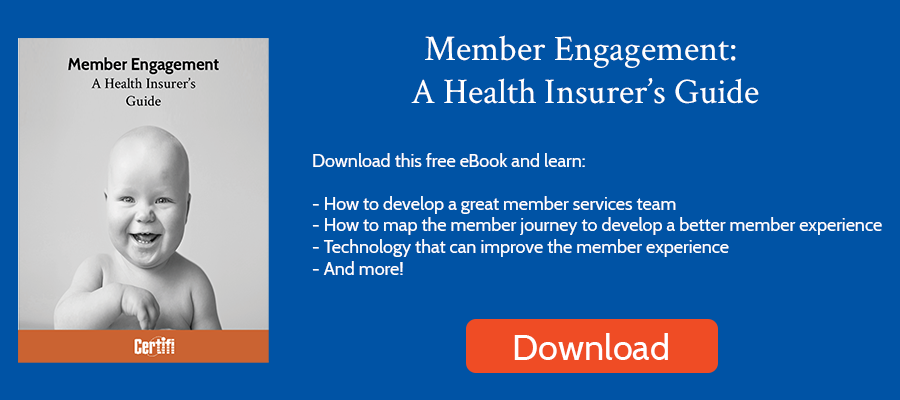Last year, we wrote about the transparency in coverage rule issued by the Centers for Medicare and Medicaid Services (CMS). CMS required most health plans to release machine-readable files of in-network rates between the health insurer and in-network providers and an allowed amount file for out-of-network providers. Beginning January 1, 2023, insurers must release Internet-based price comparison tools that enable individuals to receive an estimate of their cost-sharing responsibility for 500 items and services. By January 1, 2024, that price comparison tool must display all items and services from providers.
CMS designed the rate transparency requirements to help consumers make informed healthcare decisions. What impact will the rule have on health insurers? Read on to learn five potential consequences of health insurance negotiated rate transparency:
Health Insurance Negotiated Rate Transparency Could Decrease Provider Prices
In theory, publishing negotiated rates may cause insurers with relatively high negotiated rates for specific services to negotiate better prices more in line with industry norms. High-priced providers may lower prices to gain market share.
But theory and practice don’t always align. Will health insurance negotiated rate transparency lead to lower prices? One study suggests it may. A study of price transparency in New Hampshire found that the cost of medical imaging services like x-rays, CT scans, and MRI scans decreased by 3% over a five-year period after the state released a price comparison website.
Another study of a price transparency platform for employers found that the availability of price transparency information was associated with lower total claims payments. Prices didn’t decline, however. Instead, consumers were more likely to choose lower-priced providers. Those selections may eventually drive down costs, as providers lower prices to earn more business.
…Or Prices Could Increase.
The healthcare industry has argued that the price transparency effort might increase prices. In many healthcare markets, there’s little competition and the barrier to entry is high. Knowledge of pricing among competitors can lead to collusion. Prices may rise to higher levels because little competition exists to drive prices down.
A recent report indicated that anywhere from 53% to 68% of U.S. hospitals will end 2022 in the red. Given that, insurer negotiations with providers could already be difficult. But if hospitals with low negotiated rates discover that through price transparency regulations, negotiations may be more difficult for insurers.
Health Insurance Negotiated Rate Transparency Compliance Costs Could Impact Premiums More than Expected
Insurers and CMS agree that health plan compliance costs will increase the cost of consumer premiums. They disagree on how much. According to CMS, compliance with the negotiated rate transparency rule is just over $500,000. Health plans then transfer compliance costs to consumers by increasing premiums.
But health plans argue the cost is much more than $500,000. A Bates White analysis estimated that health plans may pay as much as $8 million to set up consumer analysis tools and create machine-readable files. Annual maintenance costs would be nearly $5 million. Obviously, significant differences exist between the compliance costs insurers expect to incur and what CMS expects.
How much will it cost? Likely somewhere in between the government estimate and the health insurer estimate. But more than CMS expects, which means it may have a more significant impact on premium pricing.
Insurers May Get Better at Negotiating
With every provider’s negotiated rates available, insurers may gain an upper hand that helps them negotiate better rates. Employers and consumers may also exert more pressure on insurers to negotiate better. In fact, a recent report indicated that insurers negotiated better rates in the individual market than in the commercial market. Employers may put more pressure on insurers to closely align group and individual pricing. Or, armed with negotiated rates, employers may be more likely to negotiate with providers directly, eliminating insurers. Individuals, meanwhile, may leverage negotiated rate data when choosing health insurers.
Transparency Tools Can Help Health Plans Differentiate
In addition to health insurance transparency rules, CMS recently required providers to publish prices. When that rule became effective, few providers made the required files available.
Health insurers should take note. With competition heating up, providing members with best-in-class pricing comparison tools should be seen as a differentiator, not necessarily a compliance cost. Smart health plans are building solutions that help them stand out in a crowded marketplace.
Certifi’s health insurance premium billing and payment solutions help healthcare payers improve member satisfaction while reducing administrative costs.



